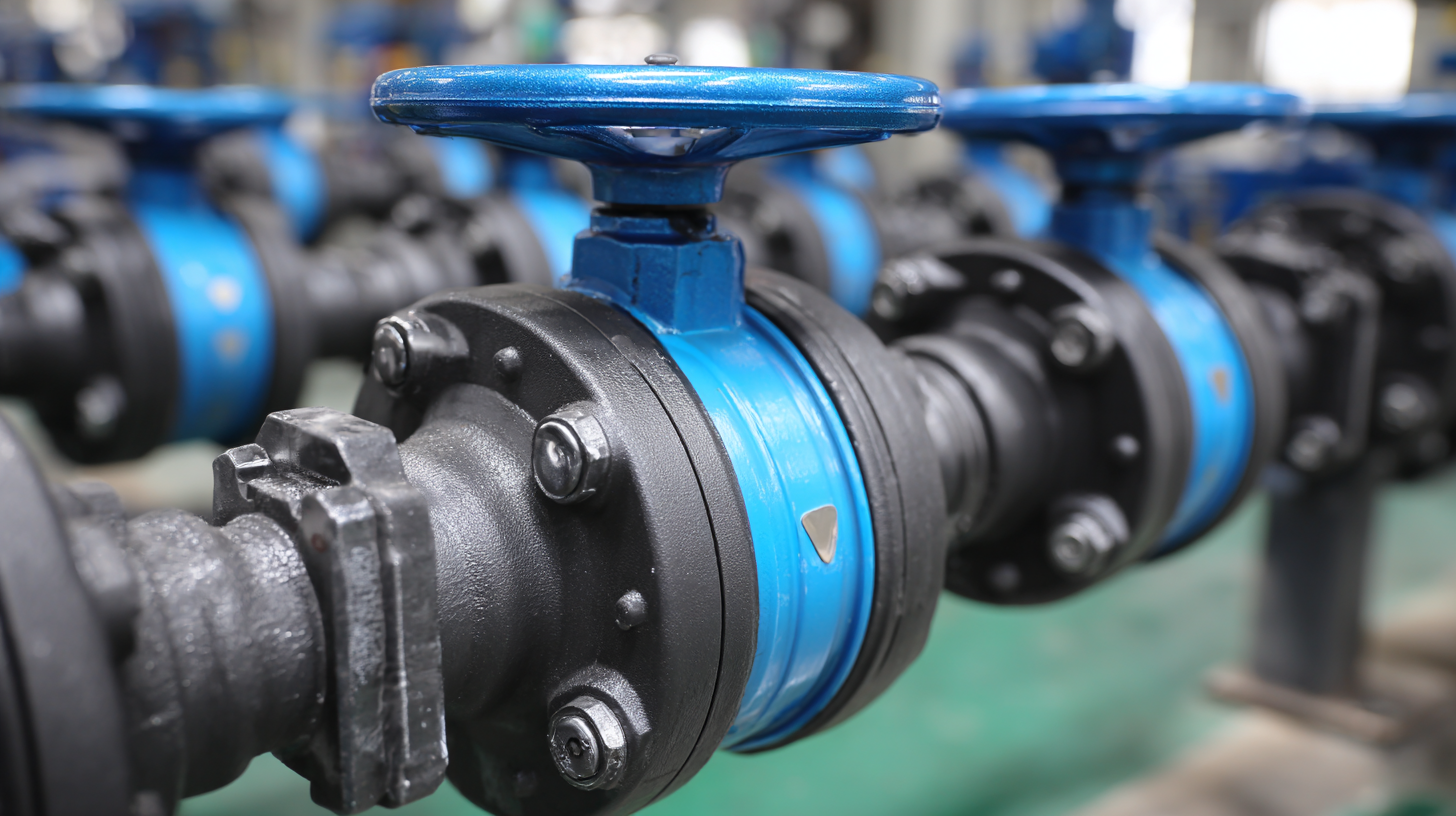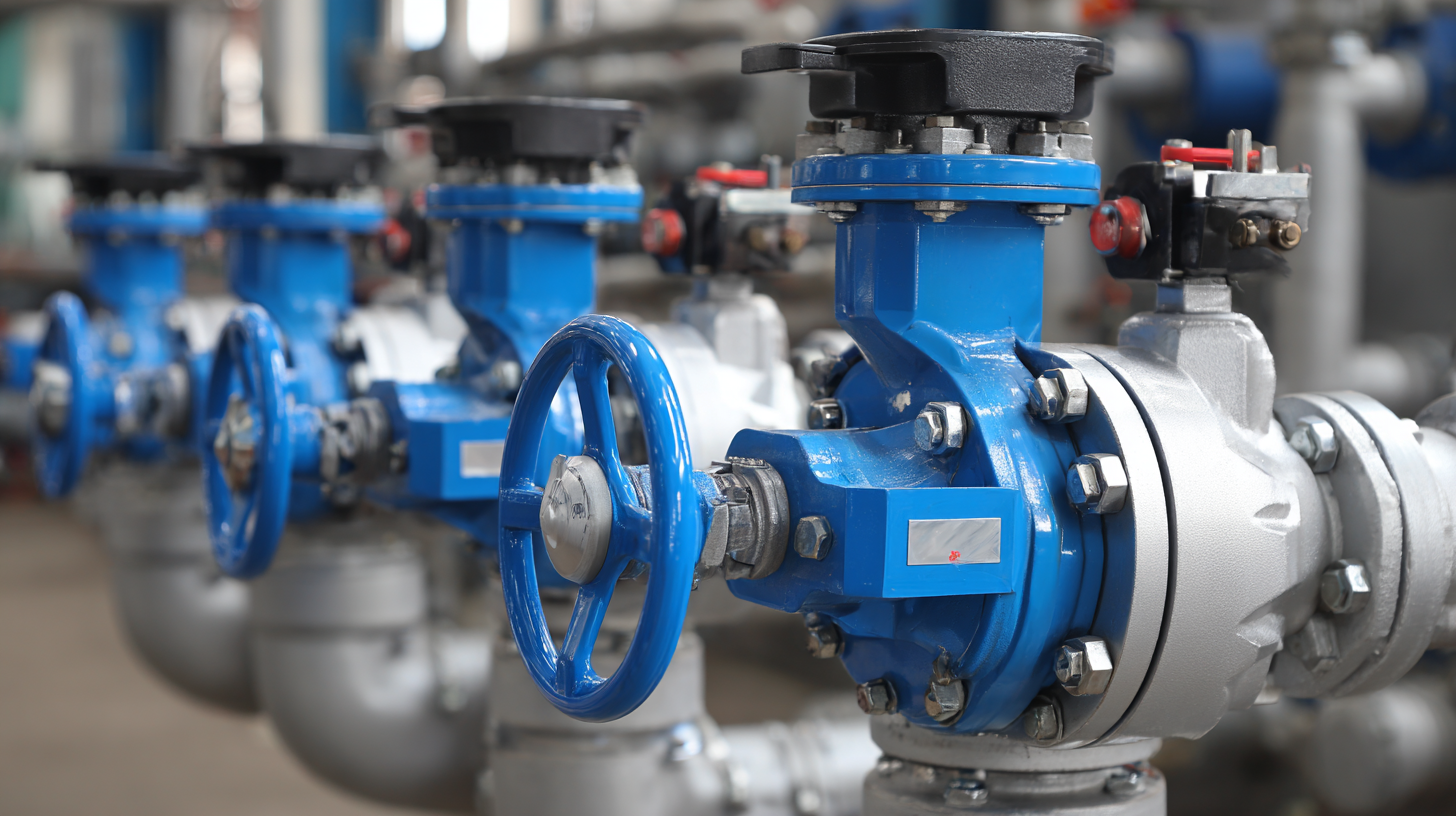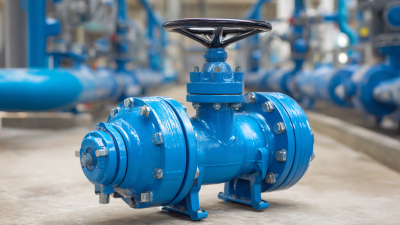In the realm of industrial applications, the importance of efficient flow control cannot be overstated. One crucial component that has gained recognition for its effectiveness in managing fluid dynamics is the pneumatic butterfly valve. This innovative valve design offers a blend of reliability and performance, making it an essential tool in various processes requiring precise control over fluid flow.

The pneumatic butterfly valve operates using air pressure to operate a disk that regulates the flow within a pipeline, providing quick throttle response and reduced pressure drop. Its versatility extends across multiple industries, including water treatment, food and beverage processing, and chemical manufacturing, where maintaining optimal flow conditions is vital for efficiency and safety. As industries continue to evolve and demand more from their flow control systems, understanding the advantages and applications of pneumatic butterfly valves becomes crucial for engineers and operators alike.
Pneumatic butterfly valves come in various types, each designed for specific applications across multiple industries. The most common types include
resilient-seated,
metal-seated, and
high-performance butterfly valves. Resilient-seated valves are widely used in water, gas, and oil applications
due to their excellent sealing capabilities. On the other hand, metal-seated valves are suitable for high-temperature applications, offering greater durability and
resistance to abrasive fluids. High-performance butterfly valves are designed for applications that require precise flow control, making them ideal for chemical
processing and pharmaceutical industries.
When choosing a pneumatic butterfly valve, consider the specific requirements of your system.
Tip 1:
Evaluate the pressure and temperature ranges to ensure compatibility.
Tip 2:
Pay attention to the material selection based on the medium being controlled, as certain materials can affect valve performance and longevity.
Lastly,
Tip 3:
ensure that the actuator's response time aligns with your operational needs, as this will influence the overall efficiency of your flow control system.
Pneumatic butterfly valves are increasingly recognized for their critical role in flow control across various industries, thanks to their unique features. One standout attribute is their swift operation, which can significantly reduce response times in fluid management systems. According to a report by MarketsandMarkets, the global valve market is projected to reach $90 billion by 2025, emphasizing the growing demand for efficient flow control solutions. Pneumatic butterfly valves, with their ability to fully open or close in just a quarter turn, facilitate rapid adjustments that are vital in processes where timing is crucial.
Another key feature is their compact design, which allows for installation in tighter spaces compared to traditional valves. This not only saves valuable real estate in industrial settings but also reduces material costs associated with piping and fittings. A study by Research and Markets indicates that the demand for compact valve solutions is driving innovation in valve designs, leading to an increase in the adoption of pneumatic butterfly valves. Their lightweight construction also contributes to easier handling and lower operational costs, making them a preferred choice for many engineers focused on optimizing system performance.
When evaluating flow control solutions, a comparative analysis of pneumatic versus manual butterfly valves reveals significant advantages of the pneumatic option. According to a report by the Global Valve Market Insights, the demand for pneumatic actuators in industrial applications is projected to grow at a CAGR of 4.2% from 2023 to 2030. This growth is attributed to the increasing requirement for automation and precision in process industries, where pneumatic butterfly valves excel by allowing rapid response times and minimizing the risk of human error.
Pneumatic butterfly valves are particularly advantageous in high-pressure systems, where quick actuation is crucial. Recent studies underline that pneumatic valves reduce operational time by up to 50% compared to manual counterparts, enhancing overall system efficiency. For instance, a study conducted by the Valve Manufacturers Association reported that facilities utilizing pneumatic valves in their operations experienced a 30% decrease in downtime thanks to their reliable and consistent performance. This efficiency is indispensable in sectors such as oil and gas, water treatment, and manufacturing, where optimized flow control directly impacts productivity and safety.

Pneumatic butterfly valves play a crucial role in industrial systems by providing efficient flow control, which is essential for maintaining operational integrity and safety. These valves utilize compressed air to open and close a circular disc, allowing for quick adjustments in the flow of liquids or gases. Their design offers minimal resistance, ensuring that systems run smoothly while effectively managing the flow rates required for different processes.
**Tips:** When selecting pneumatic butterfly valves for your system, consider factors such as pressure ratings and compatibility with the medium being transported. Proper sizing is also important to prevent overloading the valve, which can lead to premature wear and system failure.
In addition to flow control, pneumatic butterfly valves are known for their ease of automation, which enhances process efficiency. Their lightweight design and straightforward operation facilitate integration with control systems, allowing for precise adjustments and remote monitoring. This not only optimizes production but also helps in reducing energy consumption, making them an ideal choice for modern industrial applications.
**Tips:** Regular maintenance and inspection of pneumatic butterfly valves can further enhance their reliability. Ensure that the actuators and seals are in good condition to prevent leaks and ensure seamless operation over time.

Pneumatic butterfly valves are crucial in managing fluid flow within various industrial applications, particularly in water utilities. To ensure optimal performance, regular maintenance is imperative. According to industry reports, neglecting valve upkeep can lead to significant operational inefficiencies, with potential downtime costing utilities thousands of dollars per hour. Implementing best maintenance practices can enhance the reliability and longevity of butterfly valves, thereby ensuring efficient flow control.
One of the key maintenance practices involves periodic inspection of the valve's sealing mechanisms. Regular checks can prevent leaks and maintain the integrity of the valve in service. Furthermore, cleaning the valve components to remove debris and buildup can improve its responsiveness and performance. According to a recent survey, utilities that adhered to a strict valve maintenance schedule reported a 25% reduction in emergency repairs. By prioritizing routine checks and facilitating timely maintenance of pipelines and valves, companies can not only enhance their operational efficiency but also extend the service life of their equipment.
| Dimension | Measurement | Impact on Performance | Maintenance Best Practices |
|---|---|---|---|
| Valve Size | 2" - 12" | Determines flow capacity | Regular sizing checks |
| Flow Rate | Up to 850 GPM | Affects system efficiency | Monitor periodic flow testing |
| Operating Pressure | 150 psi | Influences durability | Inspect seals and actuators |
| Temperature Range | -20°F to 200°F | Maintains seal integrity | Ensure materials are rated for temps |
| Actuator Type | Pneumatic, Electric | Affects response time | Scheduled actuator testing |





